Well, the last Worlds event as we know it has come to a close. I honestly didn’t follow the coverage too closely due to working fourteen hours on Black Friday plus normal shifts the weekend after. I know generally what did well, but that’s mostly thanks to articles coming out in a timely fashion after the event. I was mostly interested in the Modern results since I kind of like the format, and I’m working on building a collection for it online, hoping that support for it online will increase with the coming PTQ season. The real reason I’m bringing up Modern, though, is because it gave me a chuckle to realize that a number of the decent decks in the format where either Affinity, which is also an archetype in Pauper, or focused on the absurd 1-drops that could, Wild Nacatl and Delver of Secrets, both of which are commons, and therefore legal in the format of kings, Pauper.
Both of these 1-drops are incredibly powerful and legal in Pauper. They also both have a serious issue with how playable they are in Pauper, though, one best illustrated by examining the decklists in which they shine in Modern.
Creatures (22) Other Spells (16) | Lands (22) |
| |
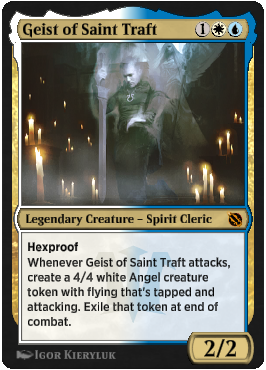
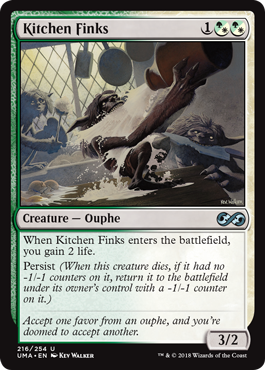
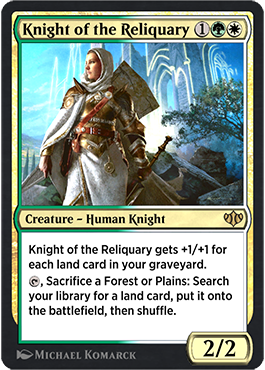
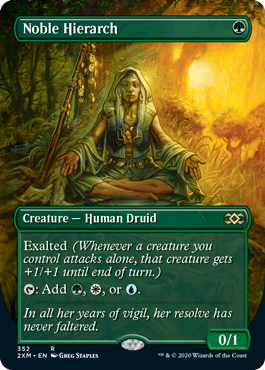
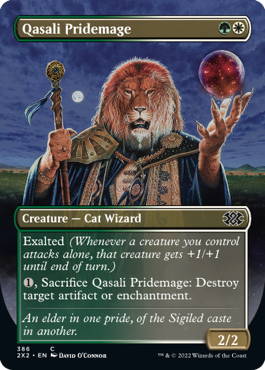
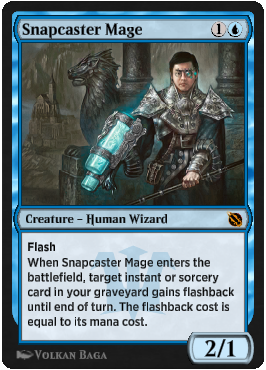

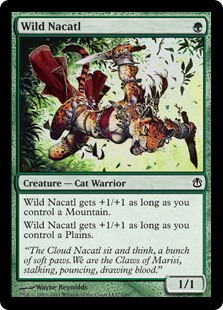
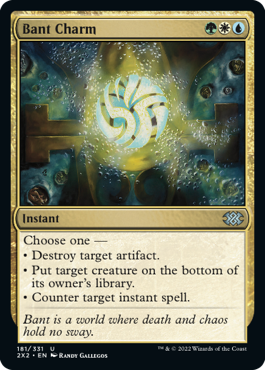

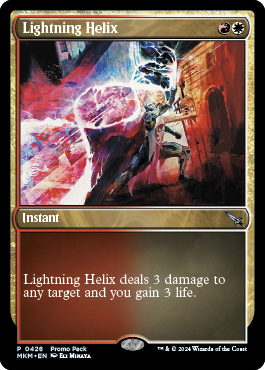
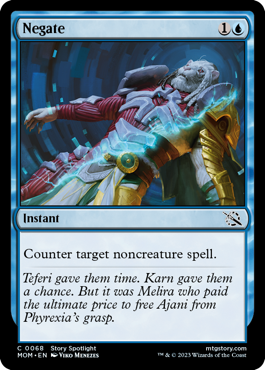
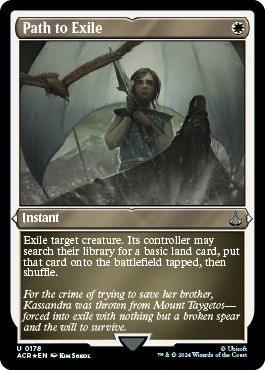

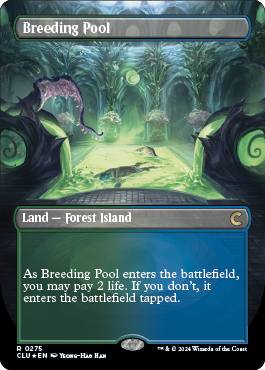
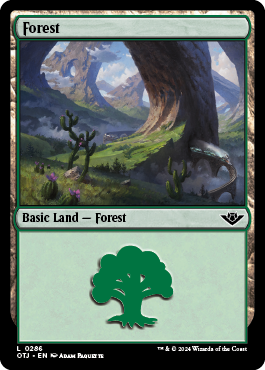
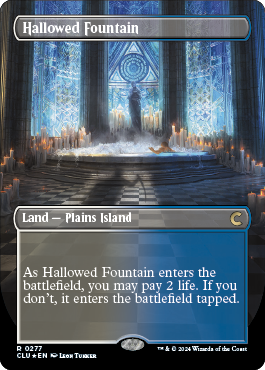
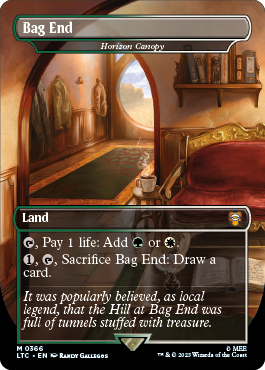
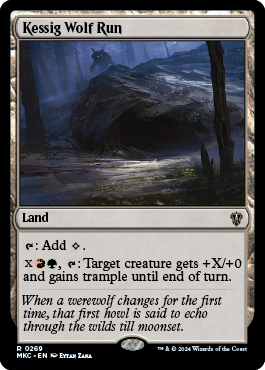
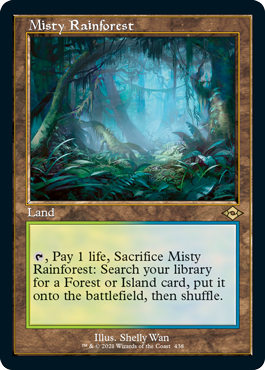
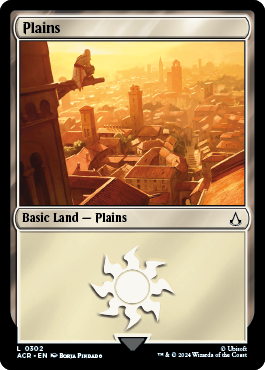
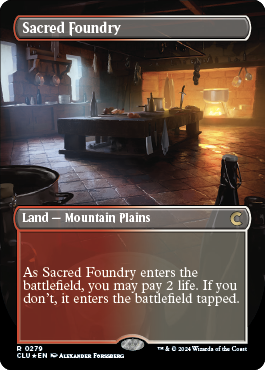
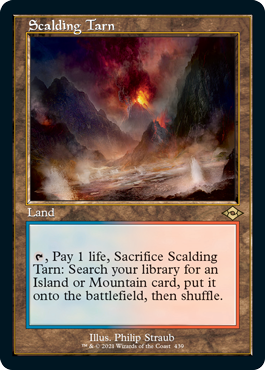
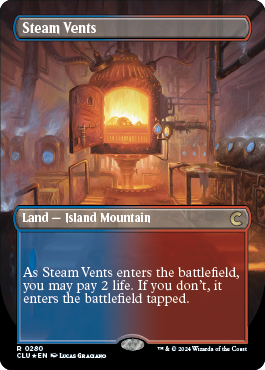

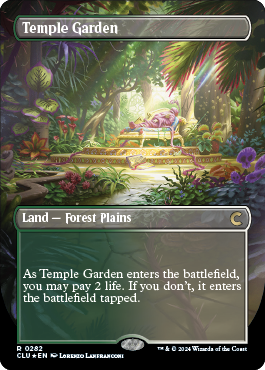
Creatures (17) Other Spells (22) | Lands (21) |
| |
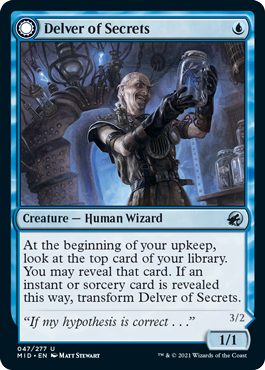

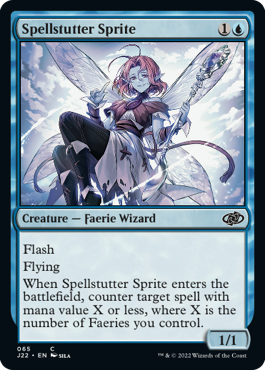

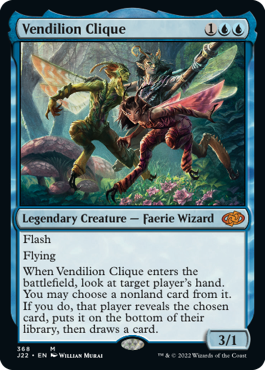

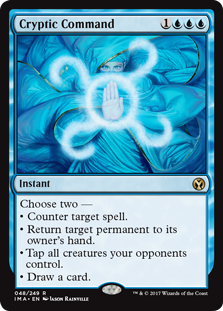

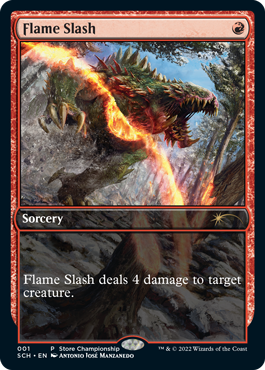

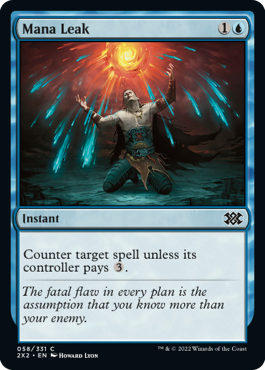
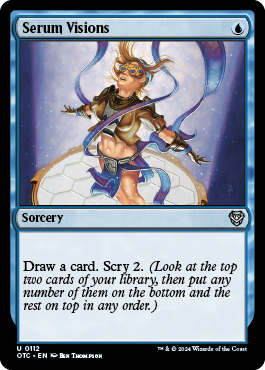
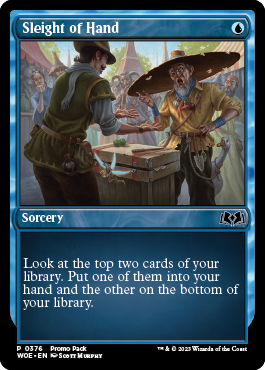



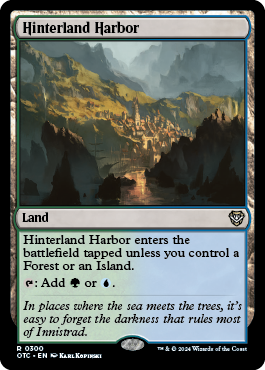
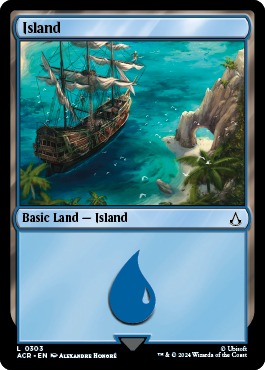

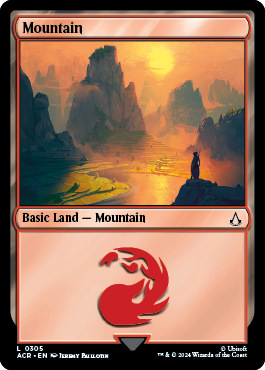


The disadvantage should be obvious now if it weren’t already. The biggest obstacle in the way of these two phenomenal cards seeing play in Pauper should be obvious just by looking at the text on Wild Nacatl. The biggest problem with these cards, and in fact numerous strategies present in other formats but largely absent in Pauper, is the lack of powerful mana, or land fix. Wild Nacatl obviously needs consistent access to Forests, Mountains, and Plains within the first two turns to really shine, and Delver of Secrets is best in tempo-based decks with access to numerous powerful spells across several colors. These aren’t the only excellent tempo or aggressive cards left by the wayside in Pauper because of the lack of decent fixing in the format. Blightning was a terrifying thing to face on Turn 3 for quite a while in Standard, but completely unplayed in Pauper. Qaasli Pridemage is a flexible, aggressive staple in formats reaching as far back as Legacy. Even the older, if slightly smaller, brother of Wild Nacatl, Kird Ape is passed over in favor of other options that don’t require a second color in Pauper. Why are all of these cards that were feared in Standard and Extended legal in Pauper and yet unplayed?
The issue of multi-colored spells in Pauper isn’t caused by a complete lack of mana fixing. If there were absolutely no fixing in the format, Cloudpost decks probably couldn’t run eight colorless lands and multiple spells with CC casting costs. The issue with mana fixing in Pauper is that it’s positioned such that only control decks can really benefit from it. This is because Wizards’ R&D has decided that there are broadly two acceptable drawbacks for lands that produce multiple colors of mana. They can either enter the battlefield tapped, or they can cost life to be usable faster. Of the two, only entering the battlefield tapped is an option for lands in Pauper because the other lands aren’t printed at common rarity. This results in a great deal of multicolored control decks, while limiting greatly the multicolor options for aggressive decks. Let’s examine at a basic level why these lands are used disproportionately in slower, controlling decks compared to much faster aggressive decks.
The obvious thing that needs to be considered when comparing enter-the-battlefield-tapped (ETBT) lands with those require life payments is what resource is being sacrificed for the mana flexibility and which decks can afford to make those sacrifices. As seen from the lists above, the Modern Zoo list doesn’t have any lands that have to enter the battlefield tapped other than a single Treetop Village. In general, with Zoo you’re more than willing to effectively start the game at around 15 life in order to have access to your mana a full turn earlier. This is because the nature of very aggressive decks like Zoo is such that it allows you start at a lower life total and have it be largely irrelevant because in most matches you’re the beatdown, and by the time your life total matters you’ve likely already lost. The same applies for the tempo-based Delver of Secrets deck in Modern. The deck is willing to pay anywhere from 2 to 5 or more life in order to consistently apply early pressure while having access to late game reach in other colors. Clearly, having multiple lands that must ETBT is quite a detriment to aggressive decks since it prevents them from being aggressive right out of the gates, and the life saved in doing so is generally irrelevant.
Let’s now look at the mana base from a more controlling Modern deck. Here’s a Mystical Teachings list piloted to a winning record at Worlds by Jun’ya Iyanaga.
Lands (26) Creatures (3) Other Spells (31) | Sideboard (15) |
| |
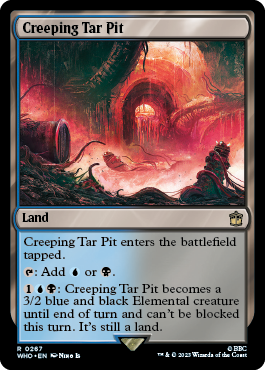
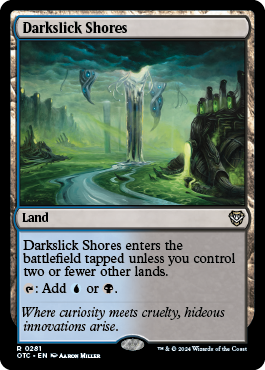
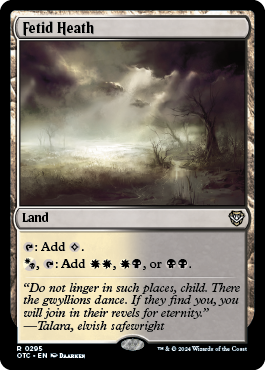




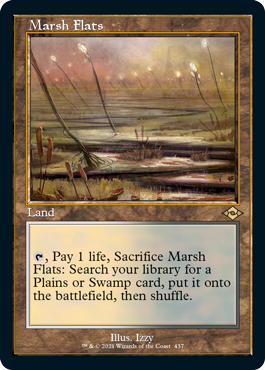



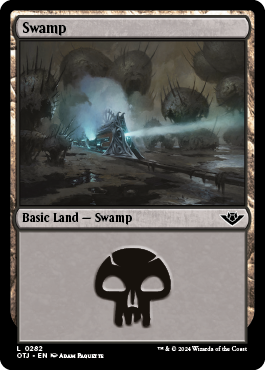
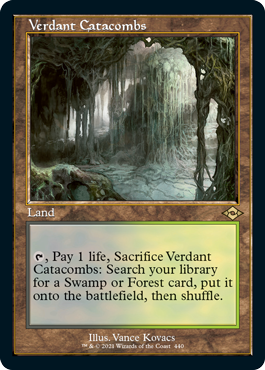
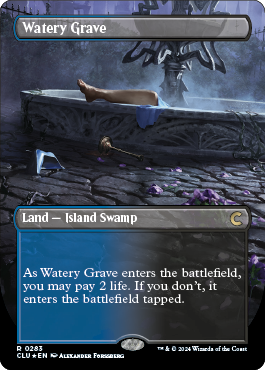



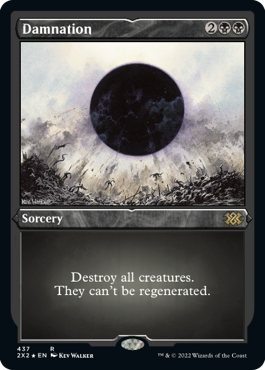
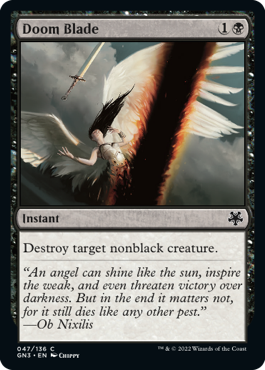
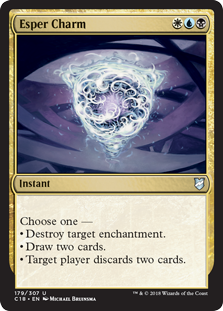


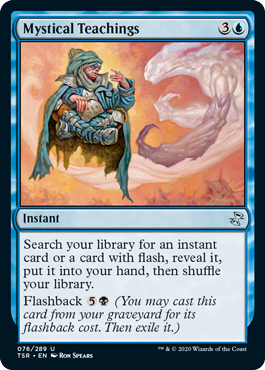
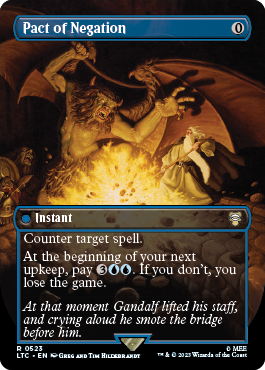

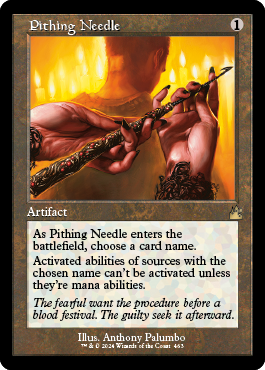

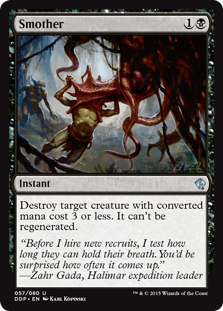
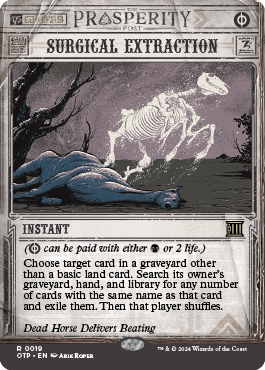
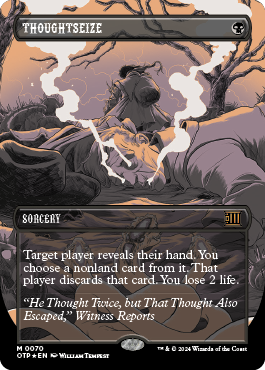

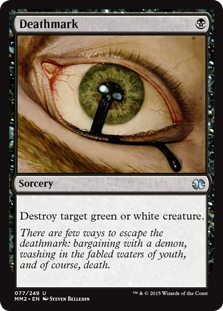
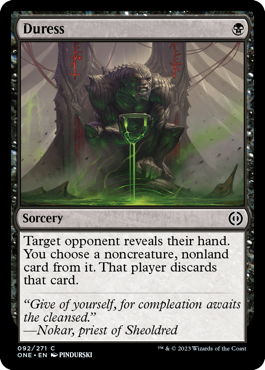
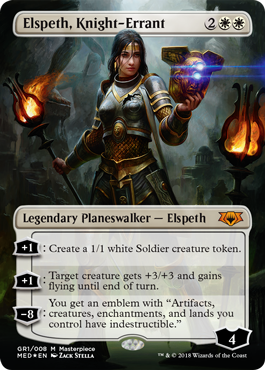


Now, check out that mana base. Four of his lands must enter the battlefield tapped, and five more will do so with some regularity. He only plays eight total lands that require a life payment, and only five of those are mandatory payments. This leads to the deck having a slower pace of play since it’s often a turn or so behind in terms of mana development. But this isn’t nearly as detrimental for a deck like this. In a match with an aggressive deck, paying 2 or more life in a turn just to have a land enter the battlefield untapped is basically like giving your opponent a free turn anyway, since they’re just trying to kill you as fast as possible. The nature of control decks also tends to lead towards higher mana curves in general, meaning that access to mana isn’t nearly as important on Turns 1, 2, and even sometimes 3, as having access to all your colors of mana in the late game. If an aggressive deck misses an early threat because it had a land ETBT it represents a huge loss of tempo. If a control deck takes an extra few points of damage because it had a land ETBT, it can still come back late, and playing a spell a turn earlier would have likely cost a similar amount of life anyway, so not nearly as much is lost.
Now, that’s all well and good, you may be thinking, but what does all of this have to do with Pauper? I’ll tell you what it has to do with Pauper, Mister or Misses Hypothetical Impatient Person; it has everything to do with Pauper. It’s been said several times by numerous pro players that one of the biggest things that defines a format is the mana available to it, and nowhere is that statement as true as in Pauper. As an Eternal format with access to (almost) every set and card printed, the power level of the spells in Pauper is incredibly high, even if we only get to use the common spells. In stark contrast, though, the mana fixing available in Pauper is generally actually worse than what’s available in any given Block Constructed format. For playable mana fixing lands, we have Terramorphic Expanse/Evolving Wilds, and the Ravnica Karoos. That’s it. The mana fixing available strongly favors the control decks being the ones to play multiple colors for the reasons I discussed above, while aggressive decks are generally forced to stick to a single color, sacrificing the raw power of some amazing cards in multiple colors for mana consistency and tempo. Let’s look at some of the top aggressive decks in Pauper right now.
Lands (18) Creatures (22) Other Spells (20) | Sideboard (15) |
| |
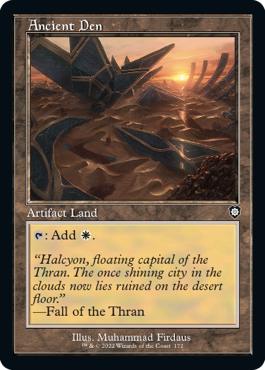
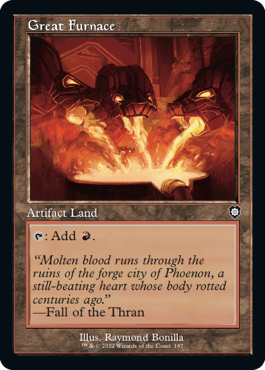
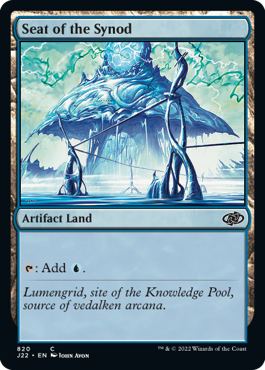
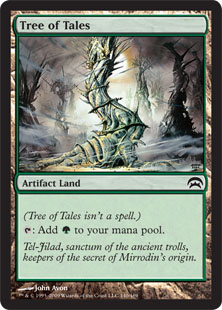

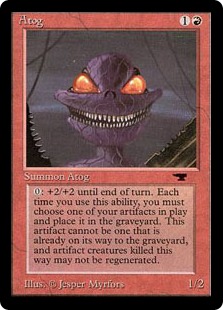
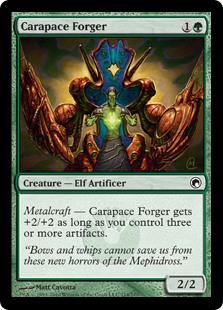
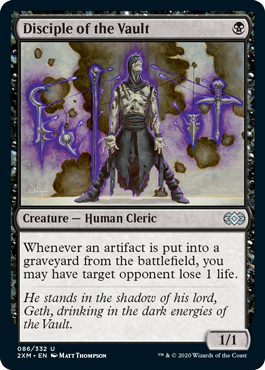
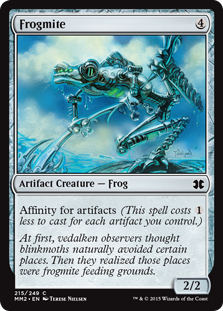
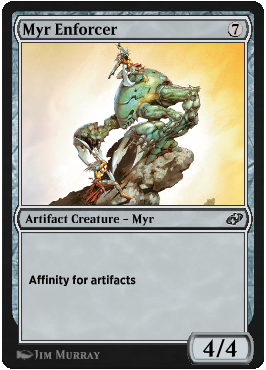

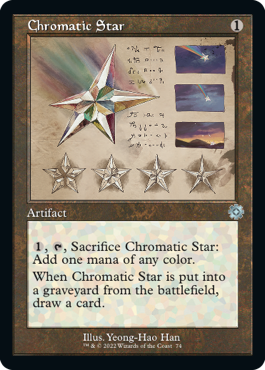
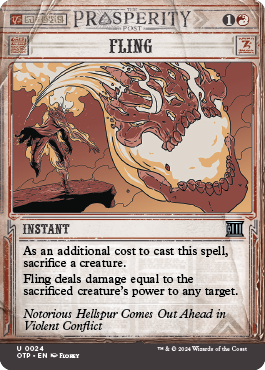
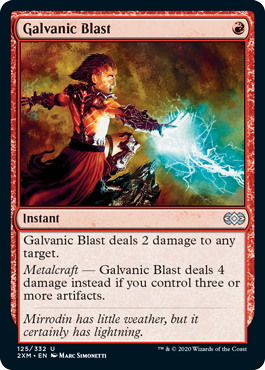
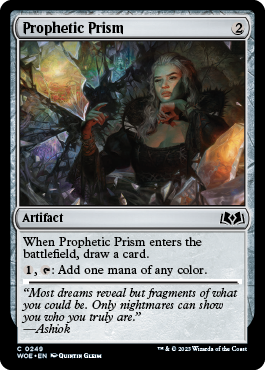
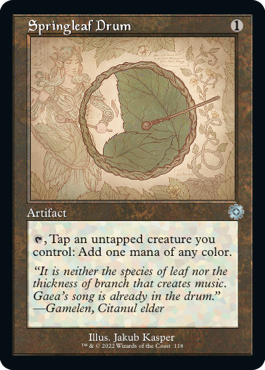
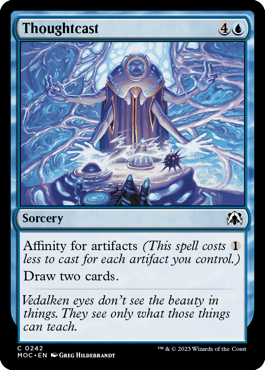
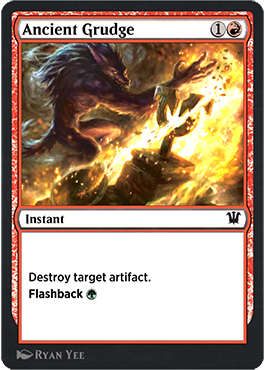


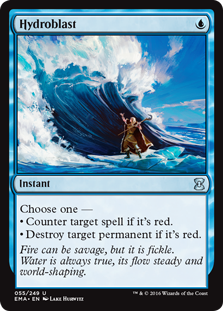

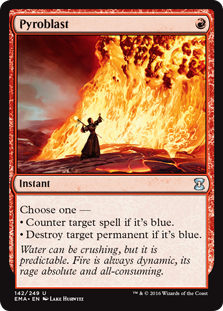

Lands (17) Creatures (31) | Other Spells (12) Sideboard (15) |
| |

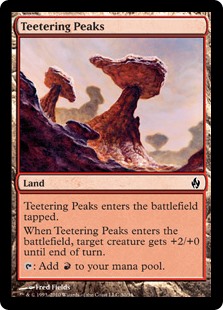
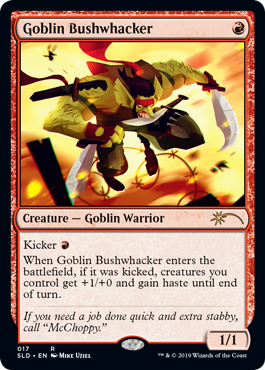
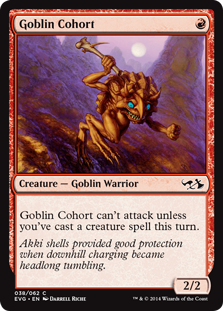
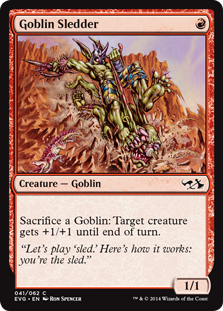
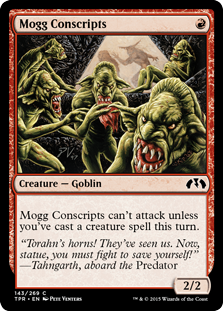
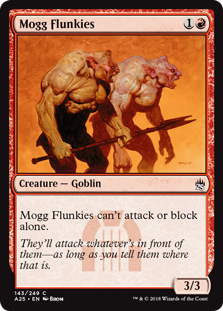
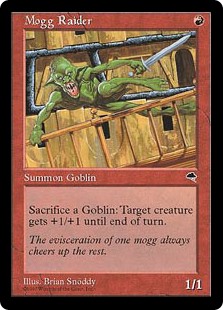
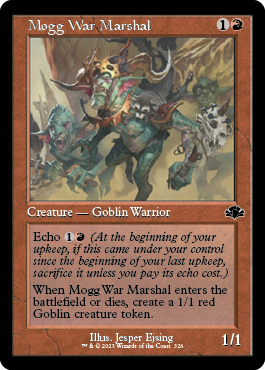
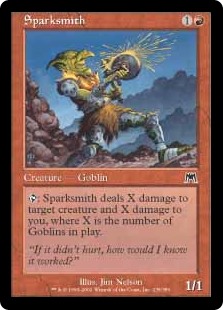
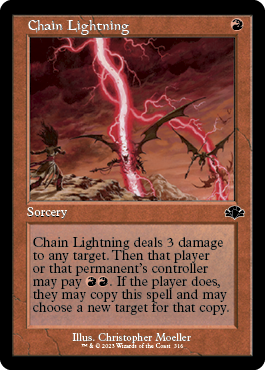



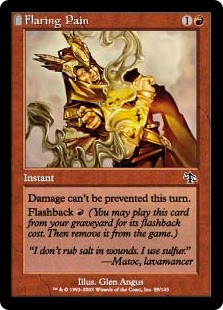

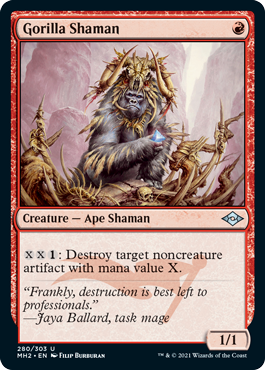

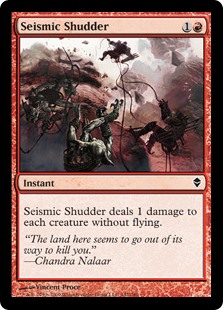
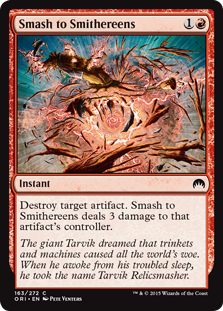

Lands (20) Creatures (29) | Other Spells (11) Sideboard (15) |
| |


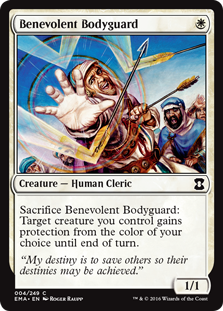
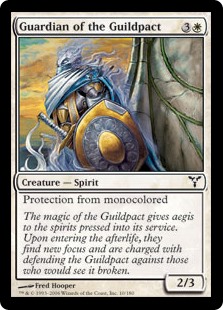
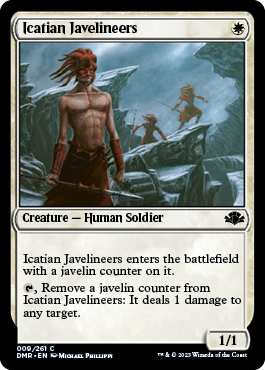

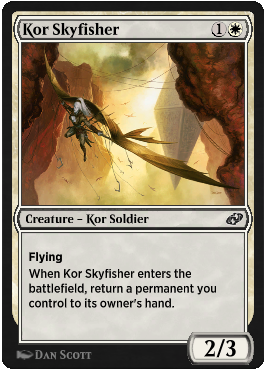
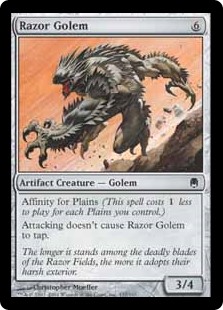

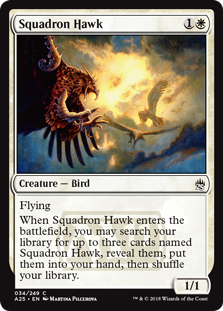
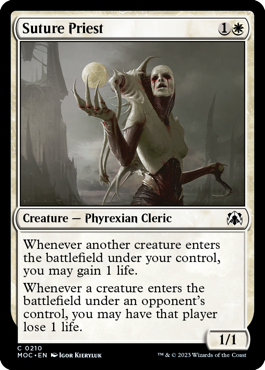
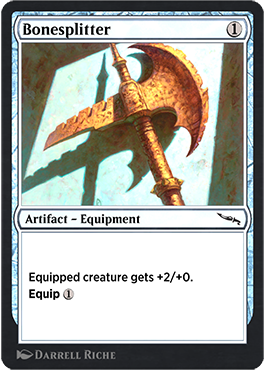
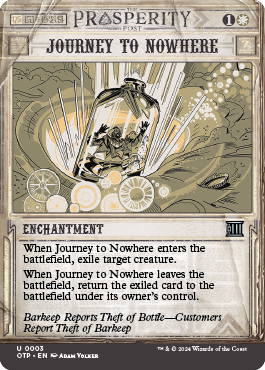
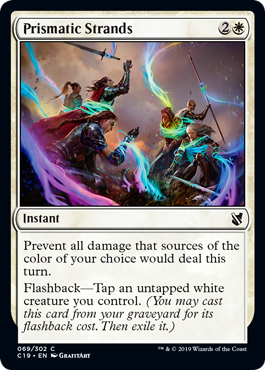
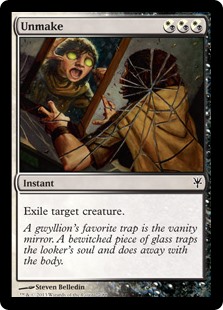

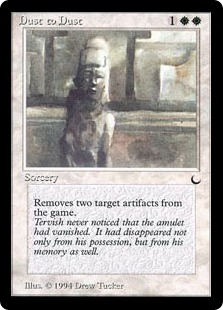
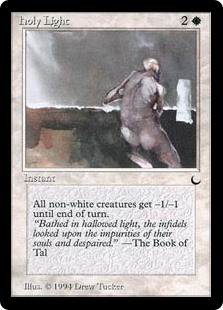
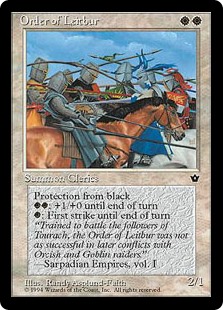
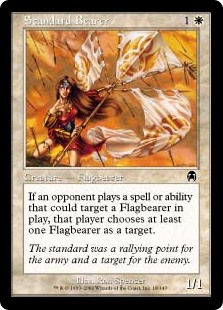

These three archetypes make up the majority of what would be considered aggressive decks in Pauper. The Mono-Green Infect deck is also considered by many to be an aggressive deck, but it straddles the line between an aggressive deck and combo deck in my opinion. Even if it is included in this analysis, it only serves to further drive home the point that Tier 1 aggressive decks in Pauper are, with the single notable exception of Affinity, a single color. In fact, Affinity is the only aggressive deck to put up consistent results with spells of multiple colors in it, but also features eight colorless creatures, a slew of other artifacts, and generally between eight and twelve cards dedicated to mana fixing. There isn’t a single deck in Pauper that aims to simply kill you as quickly as possible and features multiple colors of spells. The ability to do so simply isn’t there in Pauper. Even something as potentially simple as playing Blightning in a burn deck requires sacrificing either mana consistency and increasing mulligans if you only play basics, or adding in fixing lands and potentially slowing the deck down by a full turn or more in some games. Neither of those options adds up to a winning proposition for multicolored aggressive decks.
If an aggressive deck were to be multicolored, what would such a deck look like in Pauper? It should be apparent after the preceding analyses that it shouldn’t be a hyper-aggressive deck aiming to kill an opponent as fast as possible, nor should it be a tempo-based deck that aims to get slightly ahead and stay there with disruption. The best route for multicolored aggressive decks in Pauper is the midrange route, best exemplified by the Green-White Enchantment deck that puts up occasional results. Here’s a list that Coexistence piloted to three 3-1 finishes in one day.
Lands (22) Creatures (23) Other Spells (15) | Sideboard (15) |
| |





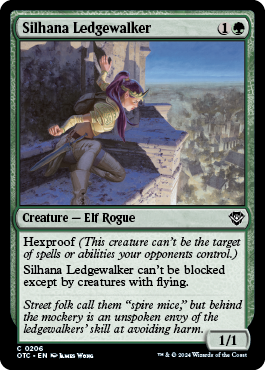
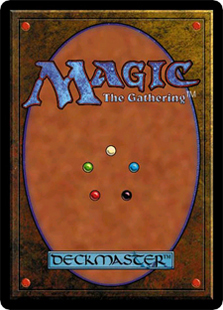
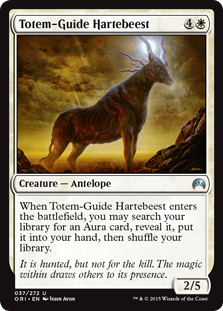


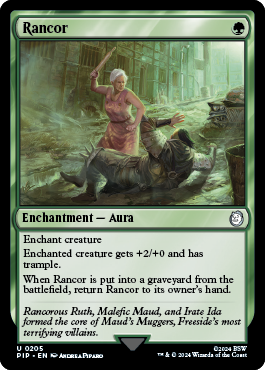

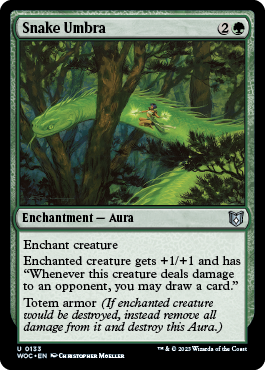

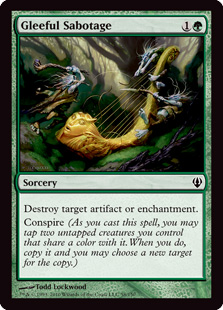

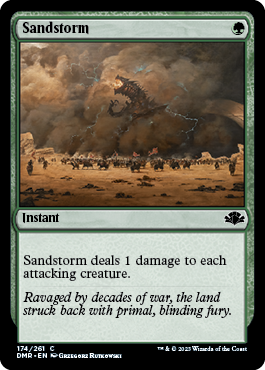
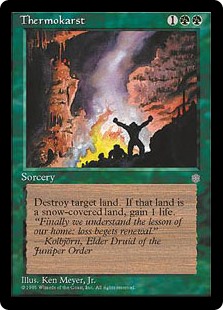
The sideboard changed by a few cards each time, but the general strategy remained the same, and the maindeck varied by only a few cards. The general strategy is to play a creature with hexproof and stick an aura or two on it and ride that to victory. This particular variant of the strategy opted to go the no fixing lands route, instead relying on drawing a single Plains or nonland fixing with the Pilgrim or Signet. Other lists in the same vein have opted to play some number of Terramorphic Expanses instead of the Signets, but this route seems to have been unsuccessful. One thing that the Signet allows that other lists don’t have is an increase in the curve, though, to support the full sets of Sacred Wolf and Totem-Guide Hartebeest.
So what lets this deck work as an aggressive strategy after I just spent over half of an article talking about how multicolored aggro can’t exist in Pauper? The answer is in the strategy. The deck isn’t nearly as fast when goldfishing as a deck like Goblins or Affinity. It isn’t even as fast as many White Weenie draws. What lets this deck succeed is that it actually acts as a foil to these exact decks. The creatures aren’t too impressive on their own, but they are almost impossible to kill with anything in the format, creature or spell, once they are enchanted. The real trump in the deck is old-school fan favorite Armadillo Cloak. The deck can afford to durdle around in the first few turns against other aggro decks explicitly because of this card. Once a Cloak hits pretty much any creature, it makes the creature nearly impossible to kill, and just as difficult to race. In much the same way against control, the hard-to-remove hexproof creatures can often get out of hand in a format without a real Wrath of God effect.
Now that we’ve established that midrange is the way to go for a multicolored aggressive deck, what does that mean for potential Pauper brewers? In all reality, with the metagame where it currently is, it means that things are grim for those looking to play an aggressive deck with more than one type of basic land. The decks that play multiple colors and aren’t generally controlling are going to do best in a metagame with lots of other aggressive decks to pray upon with larger creatures and trumps for other dudes. The above GW aura deck is a good starting point for anyone who wants to play such a style of deck. The other two options for midrange decks that have seen occasional success in Pauper are various Tortured Existence decks and midrange Jund-colored decks. The Tortured Existence decks generally rely on their namesake card to generate insane advantage with cards like Basking Rootwalla, Golgari Brownscale, and Gravedigger effects. Some builds stick to straight black-green shells, and some have even splashed white for Squadron Hawk to use as fodder for the namesake enchantment.
The last option for a midrange deck in Pauper would be something along the lines of a midrange Jund deck. A few have popped up once in a while over the last few months, and they’ve always intrigued me. Most generally use cheap efficient beaters like Kird Ape and the Wild Mongrel/Basking Rootwalla package to apply early pressure, a smattering of discard with Blightning and sometimes Ravenous Rats, and a healthy dose of removal with Lightning Bolt and Terminate. I won’t present an actual list here, though, since I don’t really recommend the deck right now, and anything I would present would be rough on top of being mediocre in the current metagame. I don’t want to present an unproven list in a hostile metagame for fear someone just skims the article for some decklists and ends up getting rolled in some 2-Mans thanks to the article. If anyone is interested, though, I will be testing a list soon and can create a thread in the forums to track the testing progress if people would be interested in something like that.
Basic writing technique dictates that a conclusion goes here, summarizing everything discussed in the article, so here it goes. The tempo loss caused by ETBT lands available in Pauper pigeonholes aggressive decks into either mono-colored decks that aim to kill you as quickly as possible or midrange decks that aren’t well-positioned in the current metagame. I wouldn’t be playing anything that can’t race a combo deck with at least moderate success right now, meaning excellent cards like Kird Ape and Qasali Pridemage will have to sit on the sidelines until Pauper either receives better mana-fixing lands (highly unlikely), or the metagame shifts to have fewer successful combo decks.
That’s all I have for this installment of Peering Into Pauper, but as always, if you enjoy the articles, find me online and talk to me there!
-Pitlord on MTGO and forums
-Follow me on Twitter @Grant_champion








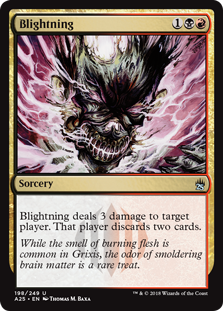




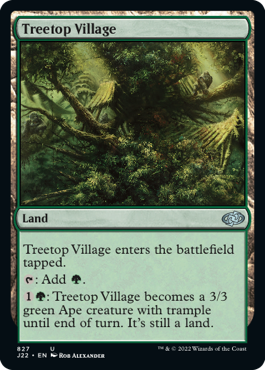


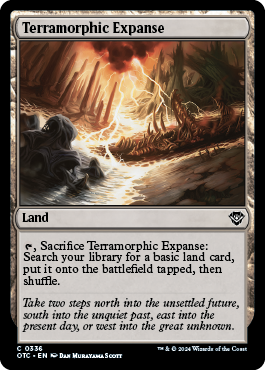
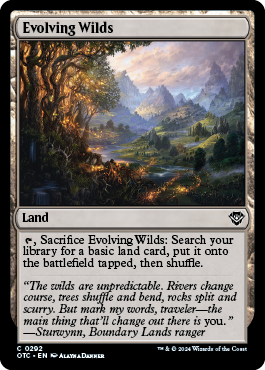
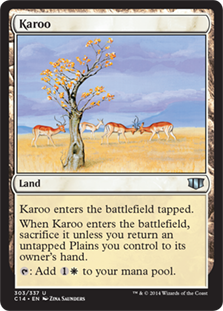






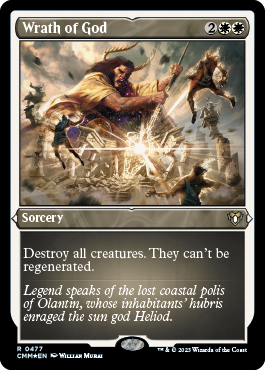


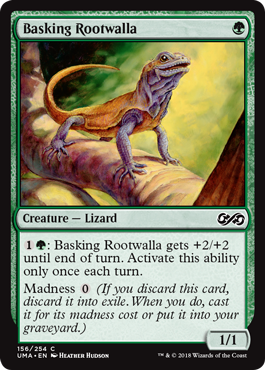

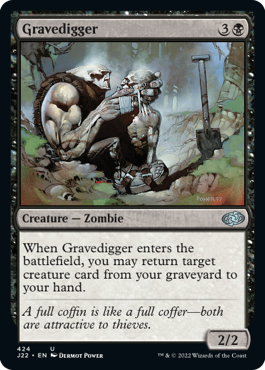


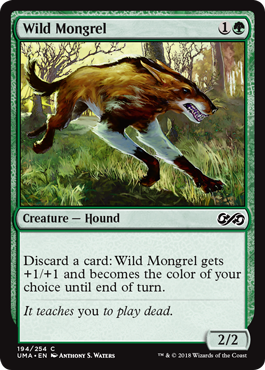


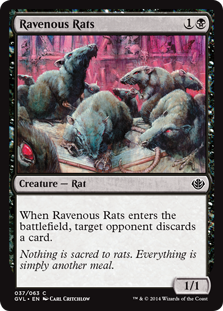

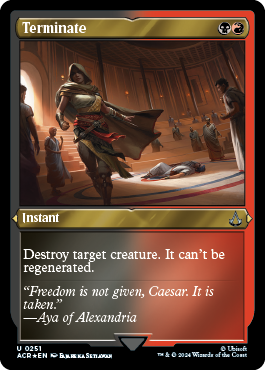




You didn’t mention the Pauper Delver decks which have been putting up occasional results. Now, to be fair, I think they are bad, but I don’t think it’s fair to say that Delver is not being played in Pauper.
I would like to see WOTC try to help out the Pauper format slightly more such as land support.
travelers amulet is a pretty good one. Not a great fixer but acessiable to all colors.
@apricio
Amulet is decent fixer, but doesn’t help aggro at all. Aggressive decks need dual lands that come into play untapped. And that is not gonna happen in pauper.
What do you think of Shimmering Grotto? It is at worst neutral, and has some built in mana flexibility.
Grotto is an awful option when you’re trying to cast things on curve (aggro).
abundant growth for jund, or any other decks splashing green.
Infect Pauper > ur deck